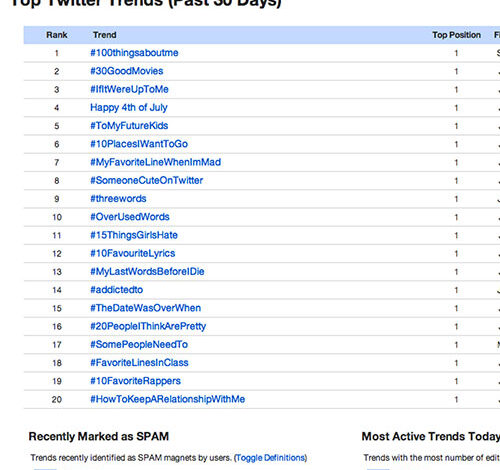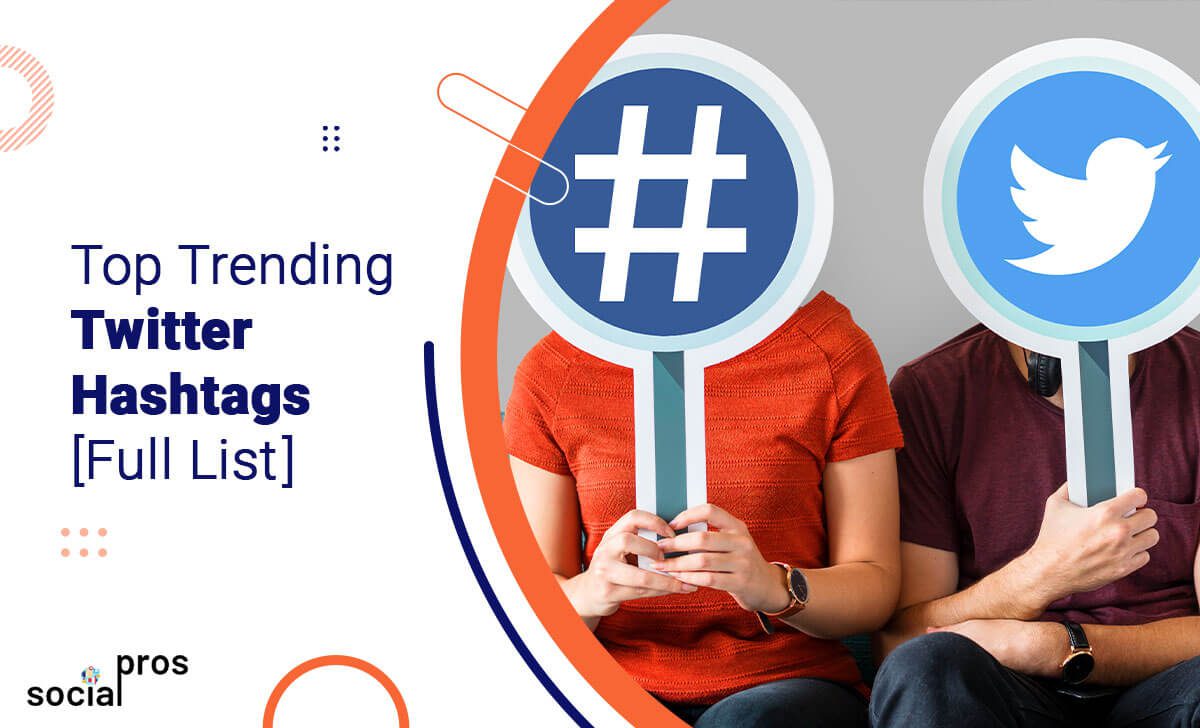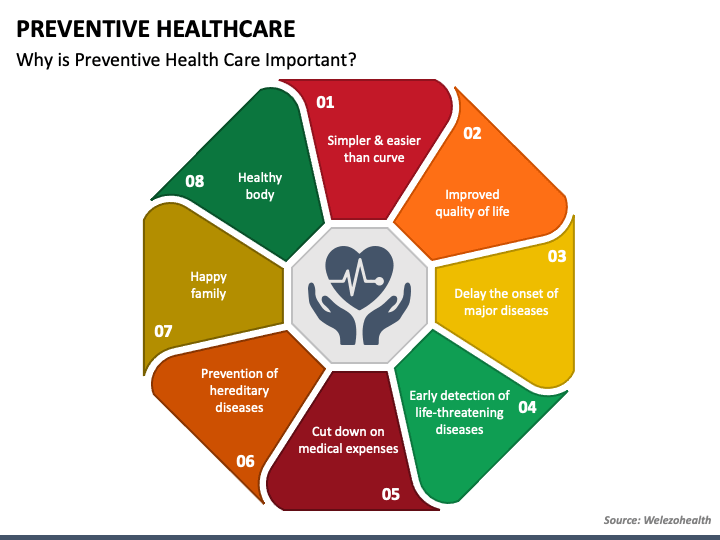Trending Now: Why These Hashtags Are Everywhere

The Rise of the Hashtag: Why Certain Trends Dominate Twitter
Twitter, now X, is a platform built on real-time conversation. And at the heart of that conversation lies the hashtag. But have you ever wondered *why* certain hashtags explode in popularity while others fade into obscurity? It’s not always about sheer luck or a massive marketing campaign. A complex interplay of factors drives hashtag dominance, and understanding these can offer insights into the platform’s culture, current events, and even the psychology of online engagement.
The Power of Current Events & News Cycles
Perhaps the most obvious driver of hashtag trends is breaking news. When significant events unfold – political developments, natural disasters, celebrity news, sporting victories – a hashtag quickly becomes the central hub for discussion. Think about hashtags like #Ukraine, #TurkeyEarthquake, or #Oscars. These aren’t created in a vacuum; they organically emerge as people seek to share information, express opinions, and connect with others following the same story. The speed at which news travels on Twitter means hashtags can trend globally within minutes of an event occurring. The key here is immediacy. People want to be part of the conversation *now*.
However, it’s not just the event itself, but the *narrative* surrounding it. Different viewpoints and angles will often spawn related hashtags, creating a more nuanced (and sometimes contentious) online landscape. For example, a political debate might have a hashtag supporting one candidate and another opposing them, both trending simultaneously.
Cultural Moments & Viral Challenges
Beyond news, cultural moments play a huge role. Major award shows (like the Grammys or the Super Bowl) consistently generate trending hashtags. But it’s not limited to formal events. Viral challenges, memes, and even popular TV show episodes can ignite hashtag storms. Remember #IceBucketChallenge? Or more recently, trends driven by TikTok content often spill over onto Twitter, bringing with them a dedicated hashtag. These trends often tap into a sense of collective participation. People enjoy being part of something bigger, and a hashtag provides a simple way to signal their involvement.
The success of these cultural hashtags often relies on influencer participation. When prominent figures or celebrities adopt a hashtag, it lends it credibility and visibility, encouraging wider adoption. It’s a form of social proof – if someone you admire is using it, you’re more likely to check it out.

Strategic Campaigns & Marketing Efforts
Of course, not all trending hashtags are organic. Brands and organizations frequently launch hashtag campaigns to promote products, events, or initiatives. These campaigns can be incredibly effective, but they require careful planning and execution. A successful marketing hashtag needs to be memorable, relevant, and easy to spell. It also needs to offer a compelling reason for people to use it. Simply creating a hashtag and asking people to use it rarely works.
Often, these campaigns are tied to contests, giveaways, or exclusive content. For example, a clothing brand might ask users to share photos of themselves wearing their products using a specific hashtag for a chance to win a prize. This incentivizes participation and generates user-generated content, which further amplifies the hashtag’s reach.
The Role of Bots & Coordinated Activity (and why it’s often short-lived)
It’s important to acknowledge that hashtag manipulation does occur. Bots and coordinated networks of accounts can be used to artificially inflate the popularity of a hashtag. While this can temporarily push a hashtag into the trending topics, it’s often short-lived. Twitter’s algorithms are becoming increasingly sophisticated at detecting and suppressing bot activity. Furthermore, users are generally quick to spot inauthentic trends. A hashtag that appears to be driven solely by bots is unlikely to gain genuine traction.
Algorithm & Twitter’s “For You” Feed
Twitter’s algorithm plays a significant role in determining which hashtags users see. The shift towards the “For You” feed (formerly the timeline) means that users are now presented with content based on their interests and engagement history, rather than strictly chronological order. This means that a hashtag that’s trending among a user’s network is more likely to be shown to them, even if it’s not the most popular hashtag overall. This personalization can create echo chambers, where users are primarily exposed to hashtags and viewpoints that align with their existing beliefs.
Looking Ahead: The Future of Hashtags
Hashtags aren’t going anywhere anytime soon. They remain a vital tool for organizing conversations, discovering information, and expressing opinions on Twitter. However, the way we use them is likely to evolve. With the rise of short-form video platforms like TikTok, we may see a continued blurring of lines between hashtags and visual content. We might also see more sophisticated hashtag analytics tools emerge, allowing marketers and researchers to gain deeper insights into hashtag performance. Ultimately, the success of a hashtag will continue to depend on its ability to capture attention, spark engagement, and connect people around shared interests.
Understanding the dynamics behind trending hashtags isn’t just about staying current; it’s about understanding the pulse of the internet and the evolving ways we communicate in the digital age.



